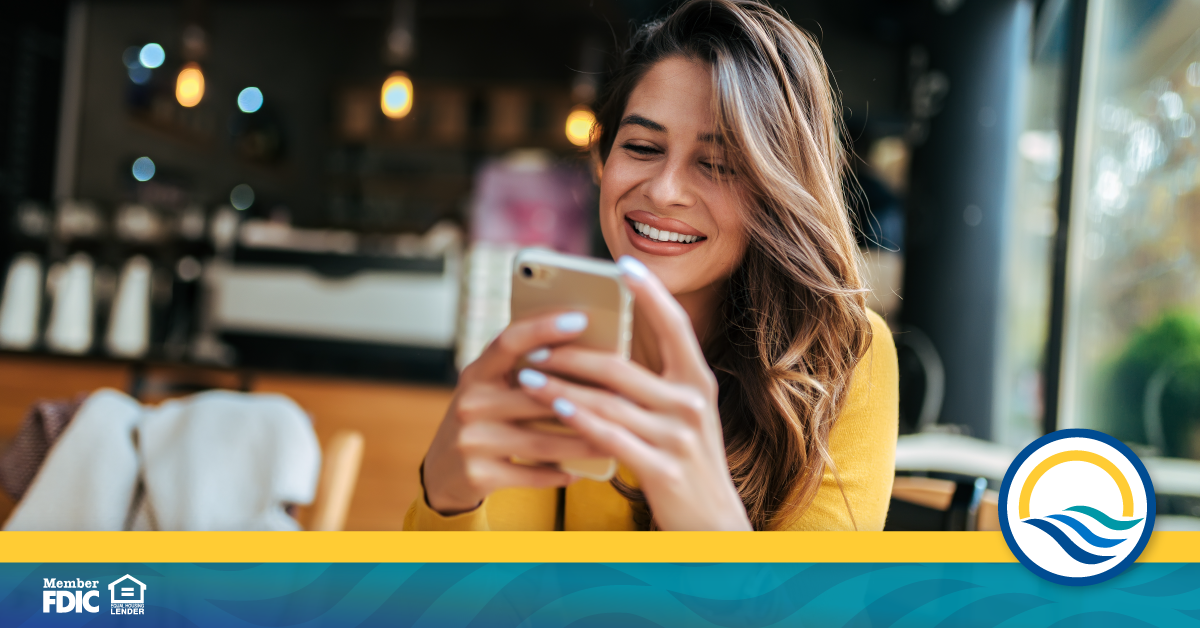Ways to View and Track Your Checking Account Activity

It’s wise to keep a close eye on your checking account activity whether you just opened it or have been using the same one for decades. Thanks to digital technology, it’s now easier than ever to get immediate information on your account status. Here are some ways you can view and track your checking account activity.
Why monitor your account?
There are many reasons to watch your account activity on a daily or semi-weekly basis, such as:
- Knowing how much money is available for spending
- Spotting frauds or errors so they can be resolved
- Avoiding costly fees for overdrafts, not meeting the minimum balance, etc.
- Monitoring your spending habits in relation to your budget
Investopedia contributor Rebecca Lake explains the best approach to assessing your account: “When reviewing your checking account activity, first scan for any transactions you don’t recognize. Then, check to see if any deposits or payments you’ve scheduled have been posted, followed by your recent purchases. Finally, look through your accounts to see which fees, if any, your bank has charged.”
Go to the website
You can easily log into your financial account online. Check your balance and recent activity via a web browser on a computer or laptop. Make sure you do so over a secure, private internet connection and keep your password secret. You’ll have to register an online profile the first time you do this; once you do, you’ll be able to view up-to-date activity.
Use a mobile app
You can also use a mobile app on your smartphone or tablet to access your checking account. Using a mobile app lets you easily check your balance on the go while you’re shopping at a store. A mobile app can also offer additional conveniences like depositing your checks remotely and receiving push notifications when suspicious or major activity occurs.
Ask over the phone or in person
A quick phone call or a visit to a branch during business hours will let you talk with personnel with access to your account. They can tell you what your balance is, what recent charges have been posted, and if you’re being charged any avoidable fees. Some people prefer this approach so they can immediately ask questions or raise concerns with a representative who’s already speaking with them.
Automated alerts
Even if you monitor your account balance these other ways, it’s a smart idea to receive immediate alerts when something big occurs with your account. That way, you don’t have to log in to learn about it. Enroll in text messages or automated app notifications to receive alerts on the go.
Erin Scheithe of the Consumer Financial Protection Bureau recommends doing this to “help you manage your account and alert you when any of the following happen: a direct deposit is received, a large payment is charged, your balance falls below a certain amount, your account is in overdraft, and more.”
Use a third-party app
Many reliable money management apps exist that consolidate all of your current financial arrangements into one database. This gives you the most comprehensive view of your financial situation. You can give a third-party app access to pull information from your checking account and compare it to current credit card balances, debts, investments, and other savings accounts. The app may also automatically monitor your spending and earning to assess your financial tendencies and give suggestions on how to be smarter with your money.
Make a routine of checking your checking account on a regular basis, such as every morning or on certain days of the week. Having a clear picture of your financial activity is crucial for maintaining smart money habits.
